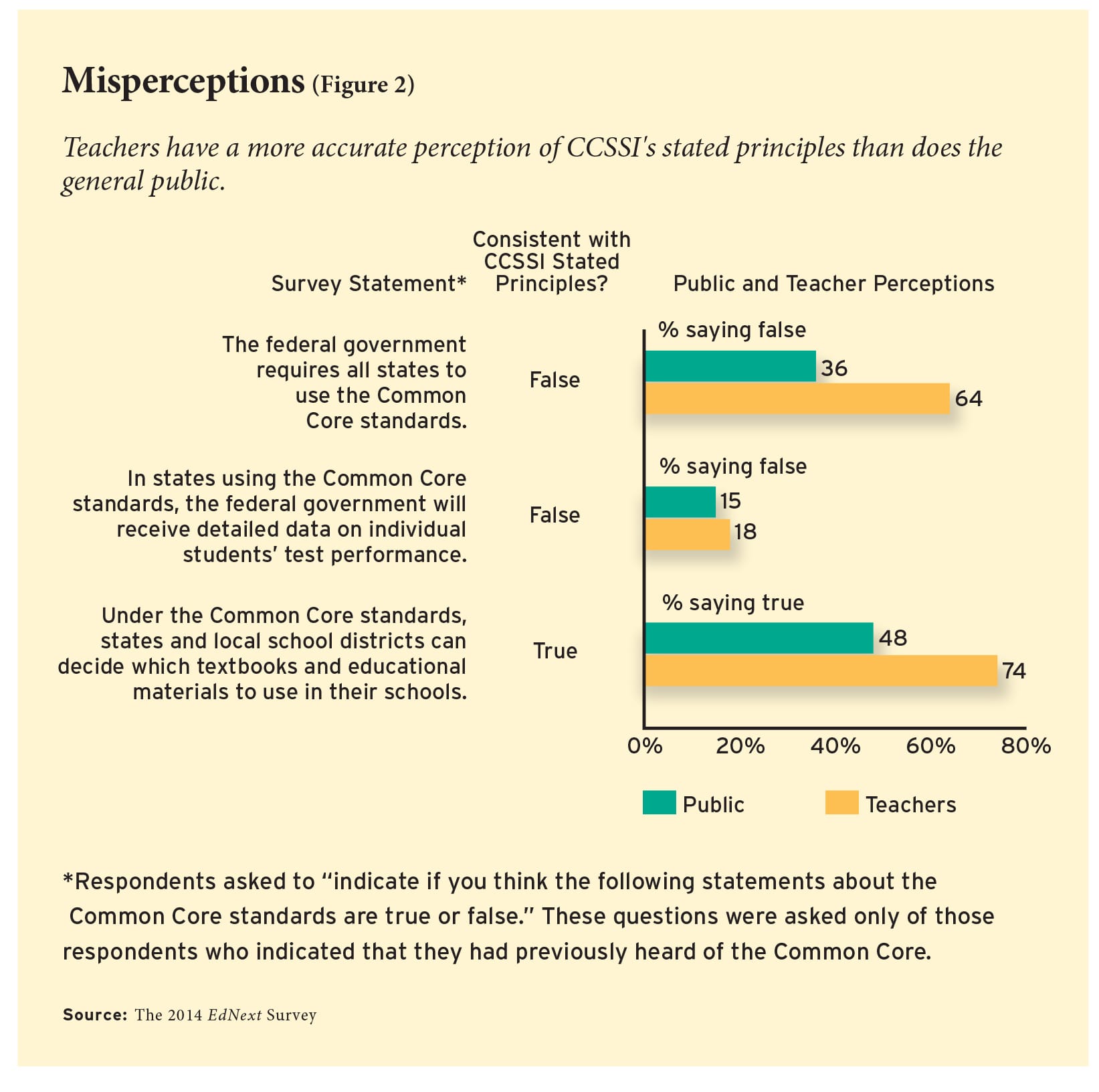Nearly all American K–12 students are exposed to it every day. It decides, in large part, what students will learn in school and how they will learn it. It is never evaluated for quality in any serious way, but when it is rigorously evaluated, its impact on student achievement is significant.
No, this isn’t another blog about teachers. I’m talking textbooks. We need good textbooks in front of kids just as badly as we need good teachers. However, from a research and policy perspective, improving textbook quality is a lot easier.
A little-noticed report last week in Education Week described a new initiative intended to be the Consumer Reports of textbooks. A new nonprofit called EdReports plans to post “free online reviews of major textbooks and curricula that purport to be aligned to the Common Core State Standards.” If they’re careful, credible, and diligent, this initiative could turn the lights up on a largely ignored factor in student outcomes that is ripe for analysis and improvement. And it could even blunt some of the more pointed criticisms of the Common Core. Here’s why I think EdReports, textbooks, and other curricular materials, in general, matter:
First, textbooks aren’t people. There is no union seeking to protect the interests of textbooks. They don’t need due process protections, and it’s unlikely that the choice to replace an old textbook with a new one will result in onerous court cases. In short, the politics of improving instruction through textbooks is substantially less perilous than through focusing on teacher quality.
Second, textbooks and online curricular materials can be improved over time through research and tinkering in ways that teacher effectiveness cannot. Especially if we collect better data, we potentially could learn about effectiveness at a granular level—for instance, which of these X lessons is the best at getting Y type of kids to learn division of fractions? And once we do learn about better lessons, those benefits can be carried forward to anyone who uses them (as opposed to improving individual teachers, where those improvements mainly apply to the one teacher and vanish when he leaves).
Third, textbooks are incredibly cheap relative to other educational inputs. While U.S. schools spend billions on textbooks annually, the per-student cost of curriculum materials is, at most, 1 or 2 percent. Furthermore, the marginal cost of choosing one textbook over another is virtually zero because textbooks tend to be comparably priced. So, given that quality research shows substantial differences in textbook effectiveness, choosing a high-quality textbook over a low-quality one may be as effective as moving kids from a fiftieth-percentile teacher to a seventy-fifth-percentile teacher. This may be as close as is possible in education policy to getting something for nothing.
Last, at least in principle, the Common Core offers tremendous advantages in terms of improving textbook quality and getting effective textbooks in more teachers’ hands. This new nearly-national market means that publishers no longer have to (though they very well may continue to) ensure every textbook covers every topic that conceivably might be covered in every state’s standards, as was the case in the NCLB era. And when textbook improvements are made, they can be adopted immediately almost nationwide.
While this all sounds remarkably optimistic, there are a number of reasons why textbooks may not be the catalyst for improvement that they should be. By far the most important reason is that data on textbooks—their quality, alignment to standards, and appropriateness for various groups—is virtually impossible to come by. Matt Chingos and Russ Whitehurst described this situation as districts “choosing blindly,” and that description is remarkably apt. This is exactly the hole that EdReports is trying to fill.
We have few rigorous, causal studies on textbook quality on which to draw, but we do have a handful of randomized experiments (which are very large and expensive) and quality quasi-experimental studies (including two by Rachana Bhatt and Cory Koedel) that indicate what might be possible. Quasi-experimental studies in particular would be cheap and easy, if only states kept track of school and district textbook-adoption data. Unfortunately, this basic piece of data is tracked by few states and not made publicly available in any usable form. Thus, enterprising young researchers seeking to investigate textbook effects must seek grants to pull together the data as best they can.
In terms of textbook alignment to standards, again there’s little quality data out there. Bill Schmidt and I have each researched “Common Core–aligned” textbooks and found them to be lacking, and there are tools available to gauge alignment, but there’s nothing on any meaningful scale in this area, either.
Finally, not a day goes by without another Common Core outrage—a ridiculous math worksheet or homework assignment or an ill-conceived writing prompt—being paraded around social media as an example of “Common Core curriculum.” Another reason I am excited about EdReports is that a third-party effort to police materials produced in the Common Core’s name could call out the worst offenders, much as PolitiFact polices political claims or snopes.com debunks urban legends.
Although I am optimistic about their efforts—I suspect any information is better than no information—I do not think one set of reviews will solve our problems. Rather, what we really need is an intensive data collection and analysis effort aimed at understanding what a quality textbook looks like and how we can get it in the hands of teachers. Given the importance and ubiquity of textbooks, it is long past time to get serious about improving these materials.
Morgan Polikoff is an assistant professor of K–12 policy at the USC Rossier School of Education and an alumnus of Fordham and AEI’s Emerging Education Policy Scholars program. He researches the design, implementation, and effects of standards, assessment, and accountability policies.








